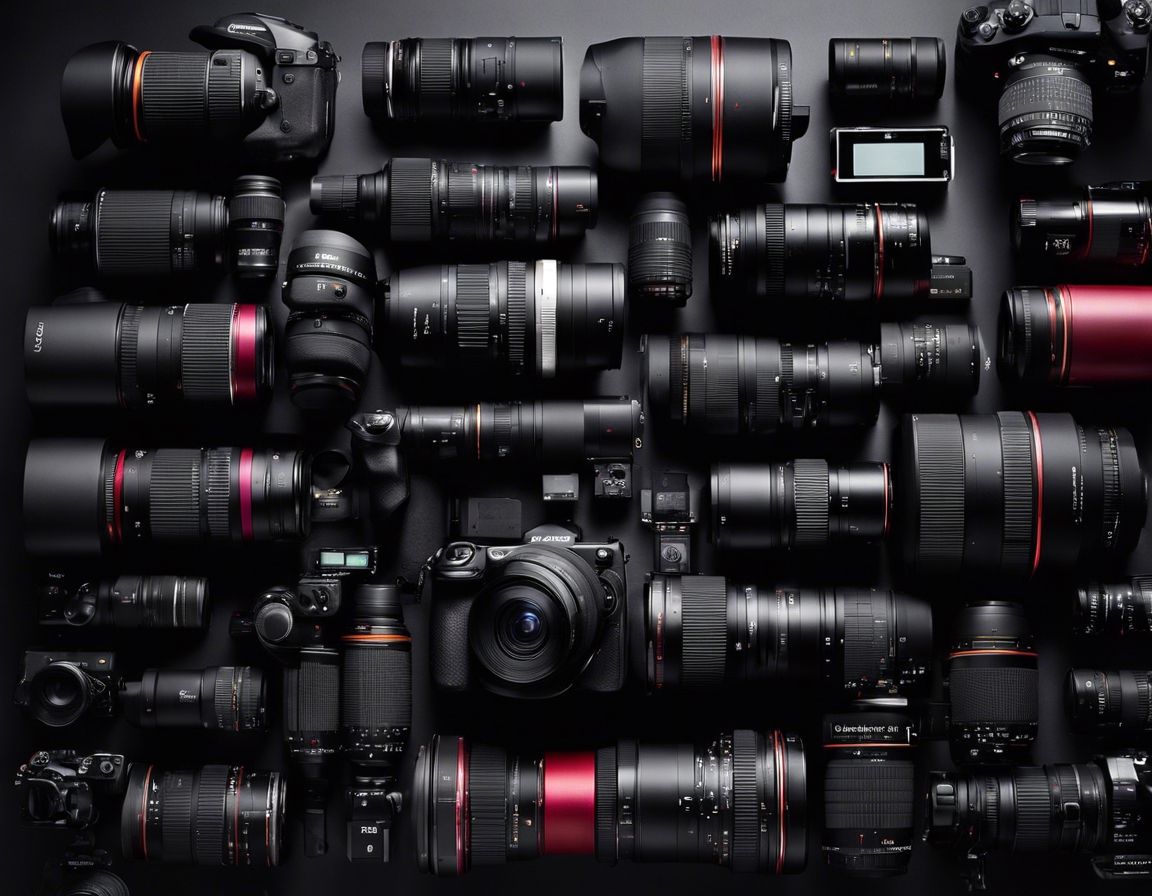Analog vs. digital: choosing your path
Analog photography, also known as film photography, is a method that uses a chemical process to capture and develop images. This traditional form of photography is cherished for its tangible nature, where each photograph is a unique chemical imprint of a moment in time. The physicality of film, the anticipation of developing, and the distinct aesthetic qualities contribute to the allure of analog photography.
Digital photography, on the other hand, represents a paradigm shift in the way we capture and store images. With the advent of digital cameras and the proliferation of image editing software, photography has become more accessible and versatile. Digital photography offers immediate feedback, extensive editing capabilities, and the convenience of storing thousands of images on a single device.
Understanding the Analog Process
Shooting with film requires a thoughtful approach, as each frame is a finite resource. Photographers must consider composition, exposure, and timing with great care. The choice of film stock also plays a crucial role in the final image, influencing grain, contrast, and color rendition.
The darkroom is where the magic of analog photography truly comes to life. It's a place of experimentation and craftsmanship, where photographers can manipulate the development process to achieve desired effects. The hands-on experience of enlarging and printing photographs is both rewarding and meditative, offering a level of control and satisfaction that is unique to analog photography.
Exploring the Digital Workflow
Digital cameras have revolutionized the way we take pictures, providing tools to capture images with remarkable ease and flexibility. Features like adjustable ISO, instant review, and various shooting modes allow for a high degree of control and experimentation without the cost associated with film.
The digital darkroom, facilitated by software such as Adobe Photoshop and Lightroom, has opened up a new realm of creative possibilities. Photographers can adjust exposure, color balance, and sharpness with precision, and even composite multiple images into a single photograph. The ability to fine-tune or radically alter an image post-capture is a defining feature of digital photography.
Comparing Image Quality and Aesthetics
Film photography is often praised for its 'organic' look, characterized by a natural grain structure, warm color palette, and a dynamic range that handles highlights and shadows gracefully. These qualities give film images a distinct character that many find appealing.
Digital images are known for their sharpness and clarity. The absence of grain and the precision of pixels result in clean, detailed photographs. The dynamic range of digital sensors continues to improve, challenging film's dominance in this area.
Considering the Costs and Accessibility
The initial investment in analog equipment can be lower than digital, especially when considering the availability of high-quality used gear. However, the ongoing cost of film and developing materials can add up over time. Digital photography requires a higher upfront investment for a camera and memory cards, but the lack of film and processing costs can make it more economical in the long run.
While analog photography has recurring costs, digital photography offers a one-time investment with minimal ongoing expenses. The convenience of digital storage and the ability to share images instantly are also significant advantages of digital photography.
The Learning Curve and Skill Development
Analog photography demands a disciplined approach to learning the craft. The limitations of film force photographers to develop a keen understanding of light, exposure, and composition. This can be a rewarding process that deepens one's appreciation for the art form.
Digital photography, while more forgiving, still requires a solid grasp of photographic principles. The immediate feedback loop allows for rapid learning and adaptation, making it an excellent platform for both beginners and seasoned professionals to refine their skills.
Cultural and Artistic Implications
The analog renaissance is a testament to the enduring appeal of film photography. Many photographers are returning to film to reconnect with the hands-on aspects of the craft or to differentiate their work in a saturated digital market.
Digital technology has democratized photography, making it more accessible to a broader audience. It has also challenged traditional notions of photography, pushing the boundaries of what is possible and redefining the medium for future generations.





Comments (0)